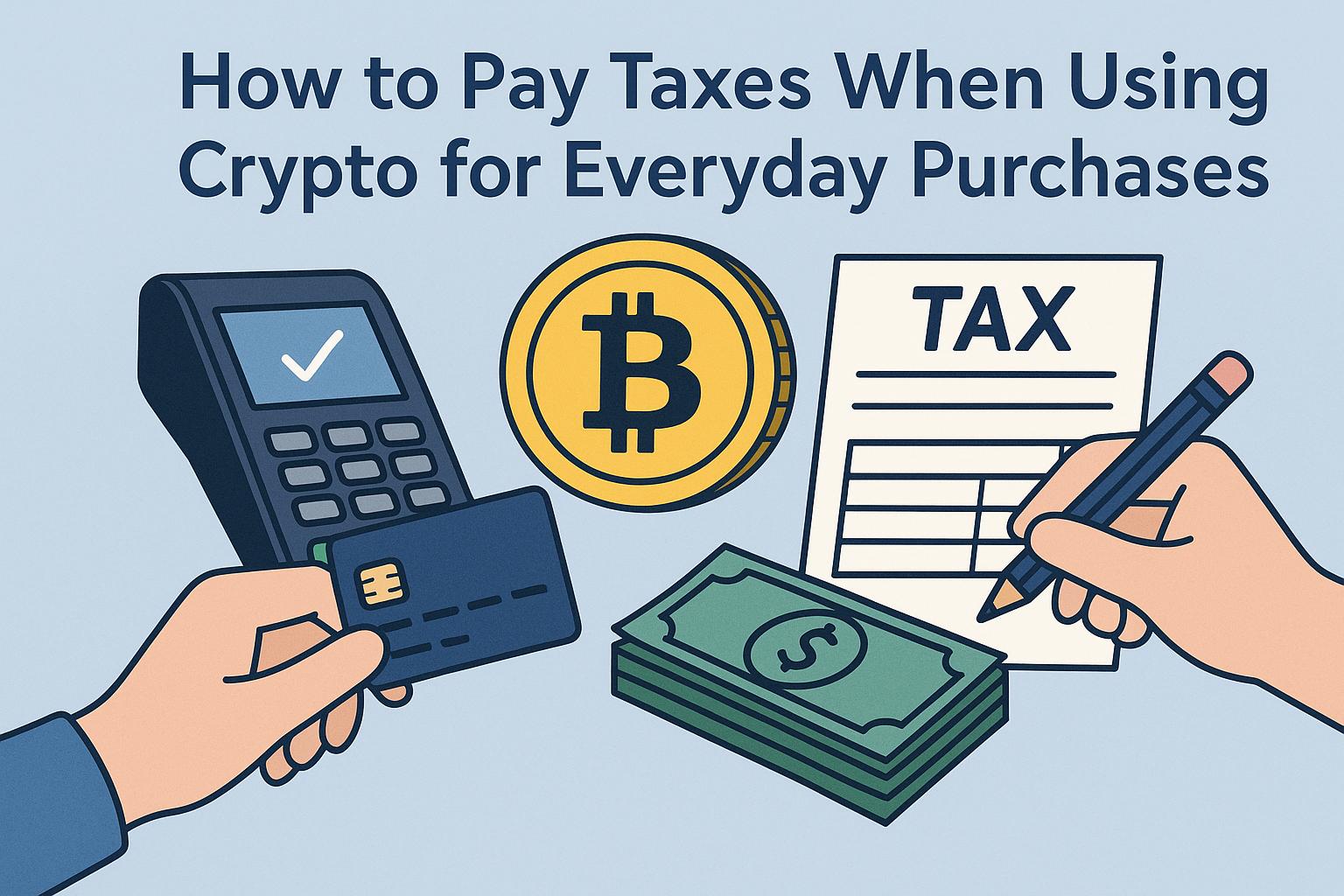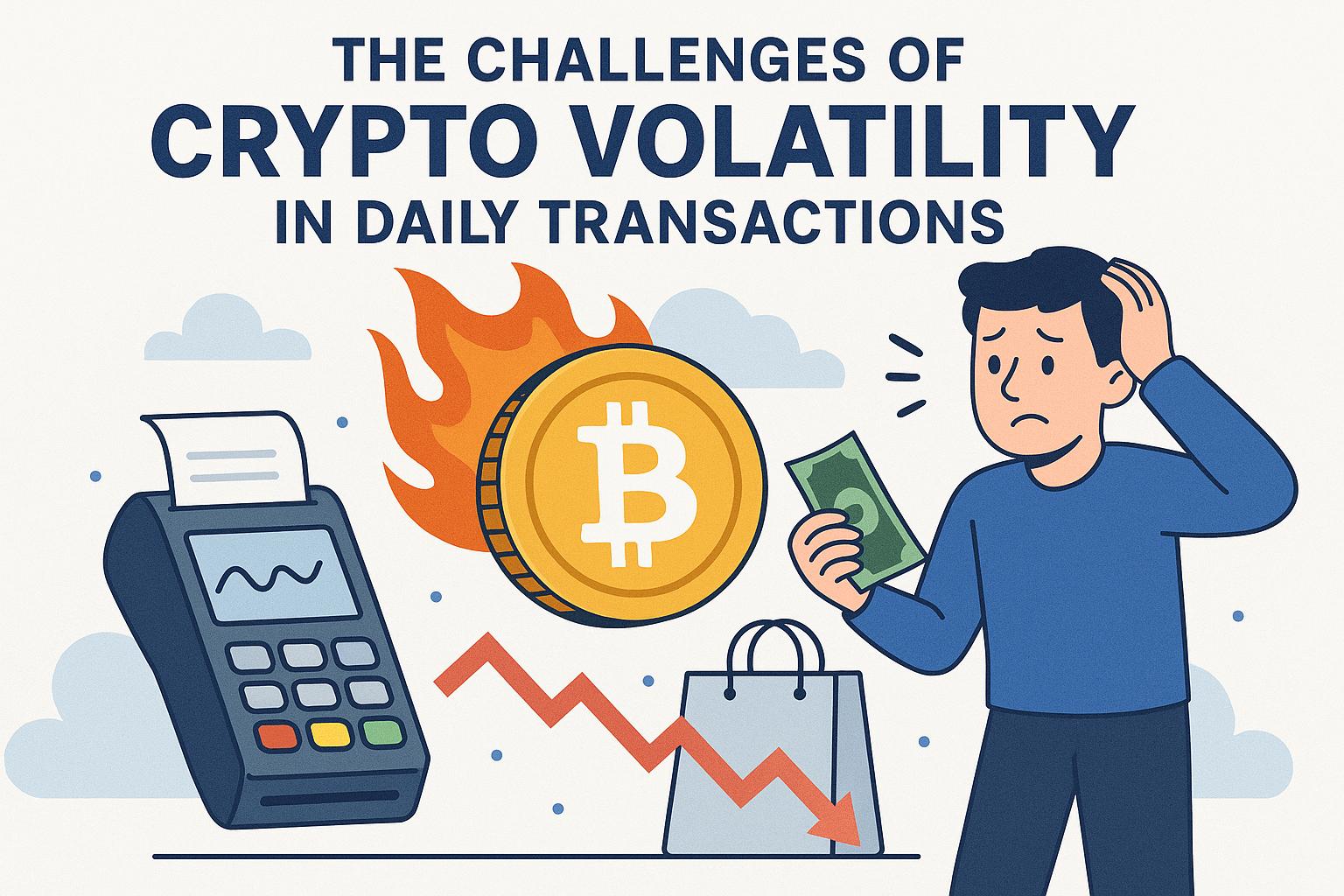Understanding Common Crypto Scams
In the rapidly evolving digital landscape, cryptocurrencies have become a significant player. However, the rise of this new financial medium has also given birth to numerous scams, preying on the unsuspecting and often ill-informed individuals entering the market. A comprehensive understanding of these scams is fundamental for anyone looking to safeguard their assets from potential threats. Fraudsters utilize a myriad of methods to deceive their victims, including impersonation, phishing attacks, Ponzi schemes, and fake exchanges. Being aware of these scamming techniques is crucial in avoiding financial loss.
Impersonation Scams
One of the most insidious forms of fraud in the cryptocurrency sector is impersonation scams. These scams operate by fraudsters disguising themselves as reputable figures or entities within the cryptocurrency domain. They may assume the identity of well-known crypto advocates or respected companies to offer seemingly lucrative investment opportunities or to solicit sensitive personal data from their targets. A common scenario involves the scammer creating a fake social media profile that mimics a well-known figure in the crypto community. This profile is then used to engage with potential victims, often directing them towards fraudulent investment schemes or urging them to divulge personal or financial information under false pretenses. To prevent falling prey to impersonation scams, it is crucial to be vigilant and verify the true identity of any individual or company before partaking in any transactions or sharing sensitive data. This verification process might involve direct communication with the person or entity being impersonated or consulting trusted sources within the community.
Phishing Attacks
Phishing remains one of the most pervasive threats in the world of online transactions, and cryptocurrency is no exception. This method involves tricking individuals into revealing confidential information such as private keys, passwords, or financial details through seemingly legitimate communication channels. Phishing can manifest in various forms, but it often occurs through dubious emails or websites that are deceitfully crafted to appear authentic. For instance, an individual might receive an email that appears to be from their cryptocurrency exchange provider, prompting them to click a link and enter their account details. These links often redirect users to websites with URLs that closely resemble legitimate sites, making them challenging to identify as fraudulent. To combat such threats, it is essential to adopt a skeptical approach towards unsolicited communications, particularly emails urging immediate action. Always ensure that the website URL is correct, and look for indicators of security such as an SSL certificate, which can be identified by the ‘https://’ prefix.
Ponzi Schemes and Fake Investment Platforms
Ponzi schemes and fake investment platforms are deceptive operations that promise exorbitant returns with minimal risk. These scams rely on a constant influx of new investors to provide returns to earlier backers, creating an unsustainable financial ecosystem that inevitably collapses. Many will exploit fabricated success stories and glowing testimonials to create an illusion of legitimacy and success. Similarly, fake investment platforms operate under a veneer of authenticity, enticing individuals to deposit their funds with promises of substantial gains, only to abscond with the invested crypto without a trace. Ensuring the legitimacy of an investment platform through thorough research and validation is imperative to avoid losing assets. This might involve examining user reviews, regulatory compliance, and the platform’s history in the crypto community.
Fake Exchanges and Wallets
The sophistication of scams has extended to the creation of counterfeit exchanges and wallet services, which are engineered to siphon funds from their users. These platforms often mimic the appearance and functionality of legitimate sites, making it exceedingly difficult for unsuspecting users to differentiate between authentic and fraudulent websites. A crucial step in protecting oneself from such scams involves relying only on well-established and reputable exchanges and wallets. Gathering information from respected reviews and seeking advice from trusted community members can offer additional layers of protection.
Practical Tips to Protect Yourself
To effectively safeguard your cryptocurrency investments and enjoy the use of digital currencies, implementing practical security measures is essential.
Verify Before You Trust
Adopting a mindset of skepticism and due diligence is a pivotal strategy in defending against scams. Verifying the authenticity of communications and platforms is paramount. Double-checking URLs to ensure their legitimacy and confirming the presence of SSL certificates on cryptocurrency-related websites are critical practices to reduce the risks of falling victim to scams.
Use Two-Factor Authentication (2FA)
Two-Factor Authentication (2FA) provides an additional layer of security for your cryptocurrency accounts. By requiring a second form of verification—such as a code sent to your phone—beyond the standard password, 2FA significantly hinders unauthorized access. This security measure is a straightforward but effective way to enhance your account protection.
Educate Yourself and Stay Informed
The dynamic nature of the cryptocurrency sector necessitates continuous education and awareness. Keeping abreast of the latest developments, technologies, and emerging scams is crucial. Engaging with trusted sources of cryptocurrency news, forums, and online communities can ensure that you remain informed and prepared for any potential scams.
Be Vigilant with Cold and Hot Wallets
Understanding the differences between cold and hot wallets is vital in managing your cryptocurrency holdings effectively. Cold wallets refer to offline storage options, which are inherently more secure for long-term storage of digital assets. In contrast, hot wallets are connected to the internet, offering more convenience for daily transactions but coming with increased vulnerability. Carefully determining which type of wallet to use based on your transactional needs and risk tolerance is essential in maintaining asset security.
Conclusion
A proactive approach involving vigilance and a solid understanding of the landscape is imperative to steer clear of cryptocurrency scams. By familiarizing yourself with common scamming tactics and consistently investing time in securing your assets, you stand a better chance of benefiting from cryptocurrency while mitigating risks associated with fraudulent activities. For those seeking further insights and protection tips, articles and resources from sites such as CoinDesk and Cointelegraph offer valuable information.
This article was last updated on: August 7, 2025







